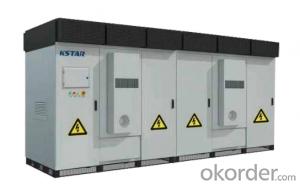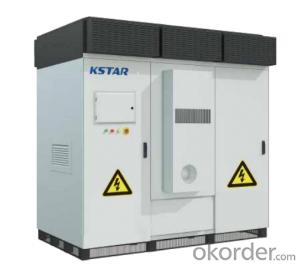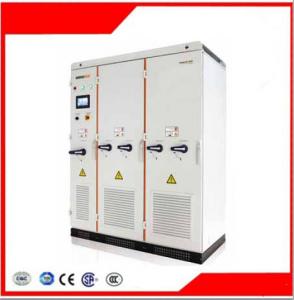Gamma Solar Inverter
Gamma Solar Inverter Related Searches
Utl Gamma Solar Inverter Solar Sma Inverter Inverter Solar Inverter Solar Generator Samsung Solar Inverter Galaxy Solar Inverter Sma Solar Inverter Alpha Solar Inverter Solar Solar Inverter Germany Solar Inverter Solar System Inverter Sma Solar Technology Inverter Inverter Solar Cell Solar Home Inverter Solar Grid Inverter Solar Smart Inverter Smart Solar Inverter Delta Solar Inverter Solar Farm Inverter Inverter Generator Solar Omega Solar Inverter Solar Energy Inverter Solar Battery Inverter Solar Delta Inverter Battery Solar Inverter Inverter Solar System Gamesa Solar Inverter Siemens Solar Inverter Solar Inverter Generator Power Solar InverterGamma Solar Inverter Supplier & Manufacturer from China
Gamma Solar Inverter is a range of high-quality inverters designed specifically for solar energy systems. These inverters are engineered to convert the direct current (DC) generated by solar panels into alternating current (AC), which can then be used to power homes and businesses. The advanced technology and reliable performance of Gamma Solar Inverters make them an ideal choice for various solar energy applications.The Gamma Solar Inverter is widely used in residential, commercial, and industrial settings where solar energy is harnessed to reduce reliance on traditional energy sources. These inverters are essential components in solar power systems, ensuring efficient energy conversion and maximizing the overall output of solar panels. They are also designed to withstand various environmental conditions, making them suitable for use in different geographical locations with varying weather patterns.
Okorder.com is a leading wholesale supplier of Gamma Solar Inverters, offering a vast inventory of these products to cater to the needs of various customers. With a commitment to providing high-quality products at competitive prices, Okorder.com ensures that customers have access to reliable and efficient solar inverters that meet their specific requirements. By partnering with Okorder.com, customers can benefit from a wide range of Gamma Solar Inverters, ensuring that their solar energy systems operate at peak efficiency.
Hot Products















































